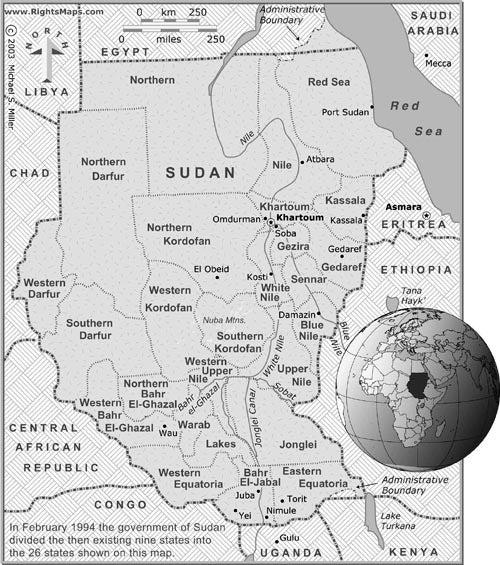The inspiration for this column came from two friends who live in Los Angeles but who don’t know each other. Yet they do know I’m a master plumber, and so each got in touch with an interesting tidbit on a favorite topic: drains.
The first was from my best friend Steve, who received a mailer from a local plumber advertising a high-pressure drain-cleaning service. The other was from my friend Alex, a contractor, who tunes into my livetreaming video every weekday.
He sent me a photo of a clogged 2-inch kitchen drain stack and said, “I have a client who kept snaking their drains and was reluctant to change out the pipe. He wanted to know why he had to call a plumber each month. I looked at years of plumbing bills and told him, ‘Congratulations, you put this fine plumber’s child through college.’ “
The photo Alex sent me showed the stack completely clogged with gross black organic debris. No wonder the pipe had to be snaked each month to get the sink to drain. This misery and expense is preventable! Allow me to share decades of experience so you can avoid clogged drains at home.
First and foremost, the only thing that should flow through plumbing drains is water, human waste both solid and liquid and tiny particles of solid food. Note that I didn’t say toilet paper is OK. Realize that people in other parts of the world think toilet paper is unsanitary and unacceptable. They use water for cleansing.
I find it shocking major U.S. plumbing fixture manufacturers don’t promote bidets. You should watch the Flushable Wipes video on my website to see how high-quality toilet paper doesn’t break down much as it travels through your drain pipes.
Grease is one of the worst things you can put down your drains, as Alex’s client has come to discover. While you can liquefy it and seemingly emulsify it by mixing in liquid dish soap with the grease in the pan, the grease will eventually begin to coat the inside of the drain pipes. This grease can capture larger food particles and rapidly choke off the drain line.
The way to deal with grease is simple. If you use paper towels for light cleaning or to dry your hands, as I know some do, put these wet or damp towels aside and allow them to dry. Use these to sop up warm liquid grease in your pots and pans. Wipe off greasy plates and bowls with these used towels and then throw them in the garbage. Your goal is to minimize the amount of grease you put in your drain system.
Never put feminine hygiene products or flushable wipes into a toilet. These are unacceptable in a septic system, and it’s not a good idea if you’re on a city sewer. All of these things should be placed in a sanitary waste can in the bathroom. The can should have a plastic liner and lid. Post a sign in the bathroom for guests to use the can for disposal.

Purchase a drop-in stainless-steel screened strainer that fits perfectly in the basket strainer of your kitchen sink. These simple and affordable devices collect food particles with ease. Once the strainer starts to fill, lift it out of the sink and dump the food waste into your garbage can.
Do you use a garbage disposal in your kitchen, thinking these are the answer? They’re not because most homeowners have never been trained how to use one so as to prevent clogs. If you want to see what a garbage disposal creates, just get out your blender with the clear blender jar. Put your food scraps in it, add a little water, turn it on, and look at the sludge you create.
If all of this sludge is not transported to the septic tank or city sewer, it can start to coat the sides of the drain pipes and choke them off over time. If you insist on using your disposal, then you must keep the sink water running for 30 seconds after you turn off the machine.
Better yet, after you turn off the water, pour 2 gallons of water as fast as possible into the kitchen sink to flush the sidewalls of the horizontal branch drain arm in the wall and the vertical drain stack that services the kitchen sink.
It’s a great idea, if you can do it, to pour about 15 gallons of very hot water down your kitchen sink once a month. You want to pour this heated water into the sink as fast as possible being careful not to burn yourself.
The idea is to put so much water into the pipes that the tubing under the sink and the horizontal branch arm in the wall behind the sink completely fill with hot water. This will dissolve any grease from the sides and top of the pipes keeping them as open as possible.
Each week, it’s a great idea to pour 10, or even 15, gallons of cold water into your toilet as fast as possible. If you can do this with a helper, all the better. Your goal is to create a manmade flash flood in your bathroom drain pipe and stack, as well as in your main building drain.
Just as Mother Nature keeps creeks and stream beds clean of accumulated debris with an occasional flood, you should do the same. This surge of water flowing through the pipes goes a long way to keep them wide open.
Subscribe to Tim Carter’s free newsletter at askthebuilder.com.
